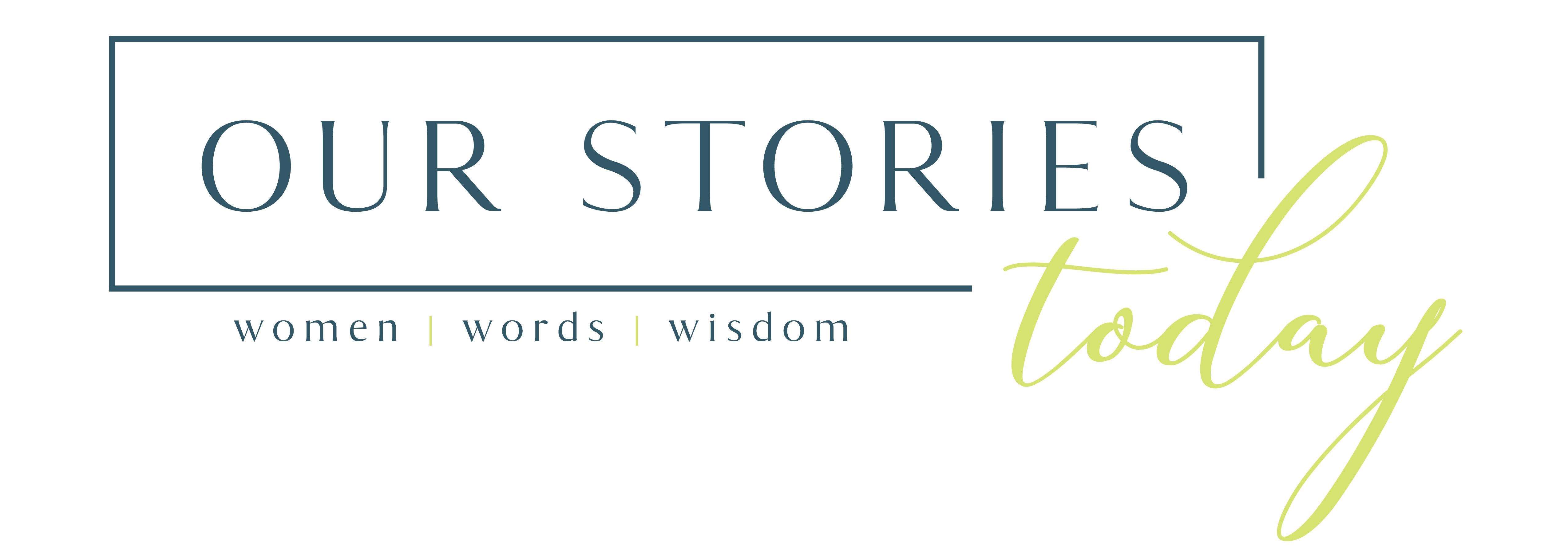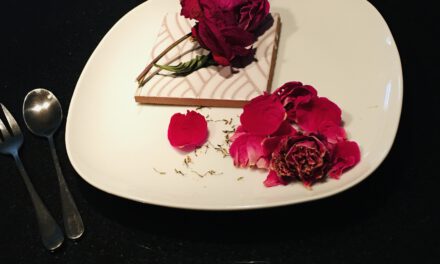Sometimes we label things without digging in and exploring what the working world will look like for our daughters and sons. We don’t ask ourselves, just what is it about diversity, equity and inclusion that rubs us the wrong way? Which one of those things is a problem?
I graduated high school in 1977. After being discouraged from attending college as an English major, I enrolled in a community college. The study of English (writing and literature) wasn’t considered a viable way to make a living, so I studied to become an executive secretary.
After graduating, I worked as a secretary at a tech company, making good money. The atmosphere at this large company was sexist (I’m not going to beat around the bush). My body was commented on so often, I began to believe my worth was solely in my appearance. A boss, who was married, grabbed and kissed me one evening after a bunch of us went out for drinks. After the tech company, I worked at an advertising agency. The atmosphere there was a reflection of the times as well–sexual jokes were de rigueur. While this job provided me with more opportunity and a more enjoyable team, meetings were still peppered with sexist jokes. Women who took their job seriously were called frigid, if a female was in a bad mood, she must be ‘on the rag.’ And so on.
I never said a word. Not many women did; the risks were too great.
Being a woman in the workforce felt impossible at times. Being taken seriously as a woman in the workforce was complicated. You were supposed to be caring and sweet, but then you weren’t serious enough. If you were serious about your work, you were a bitch. Same, if you stood up for yourself.
At some point in the early 80’s sexual harassment cases began to make headlines. Many workplaces became more careful with language, etc.
When I think of the inclusion part of diversity, inclusion and equity, my mind turns to those days. I wonder if my confidence might have been greater, if I would have spoken up more, if I could have gained more career growth regardless of my appearance, if women were respected more in the workplace.
I think of inclusion as respect. Respecting others different from you. Understanding what might cause discomfort to another without feeling you had to be one of the boys to be included.
I worked with autistic children as a teacher’s aide for a number of years as well. The specialists (speech, occupational and physical therapists) and myself did our best to provide and teach skills with inclusion at the forefront. Because of inclusion, many of these beautiful children are flourishing today.
I can only speak to being a woman, but all of us bring differences to work. Racial, ethnic, gender, ability; such things strengthen and broaden views. The only threat to corporate programs when eliminating diversity, inclusion and equity is to white men. Period.
Walking backward makes zero sense.
It is perhaps easy to discount something that appears no longer needed. Some might say, ‘we already have this so let’s eliminate it.’ But the wise among us know that without paying attention to such things, progress will be eroded. i believe we all lose when that happens.
Sometimes we label things without digging in and exploring what the working world will look like for our daughters, sons and grandchildren without diversity, equity and inclusion. We don’t ask ourselves, just what is it about diversity, equity and inclusion that that rubs us wrong way? Which one of those things is a problem? And why? Who does this threaten?
When something in our societal structure is spoken about with disregard and the career of workers is threatened if they support the ideal of what diversity, equity and inclusion in the workplace provides, we should be worried. We should make our voice heard.
Do you have five minutes? Learn how to take action with Five Calls
White House Executive order on Diversity, Equity and Inclusion





